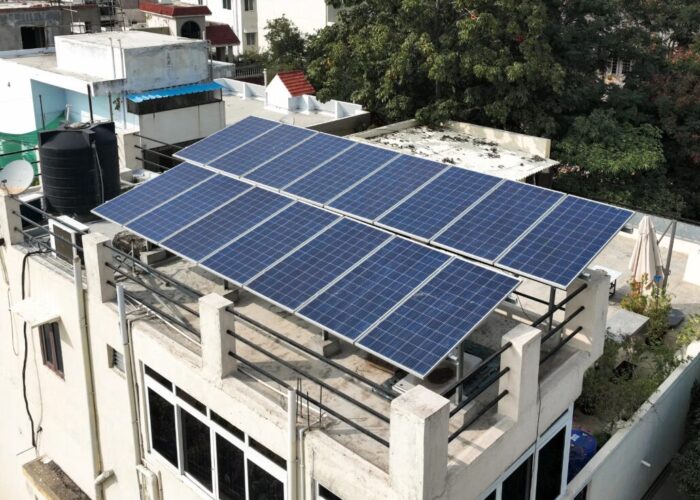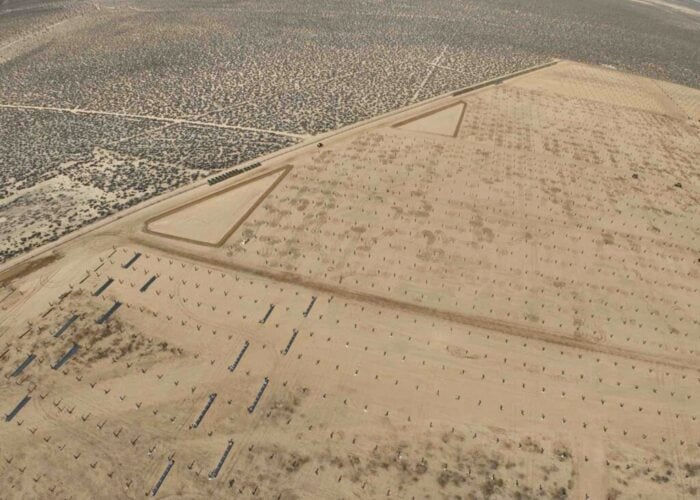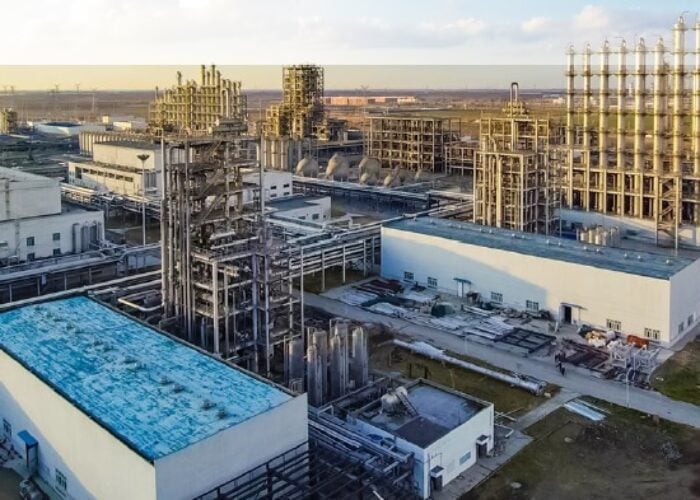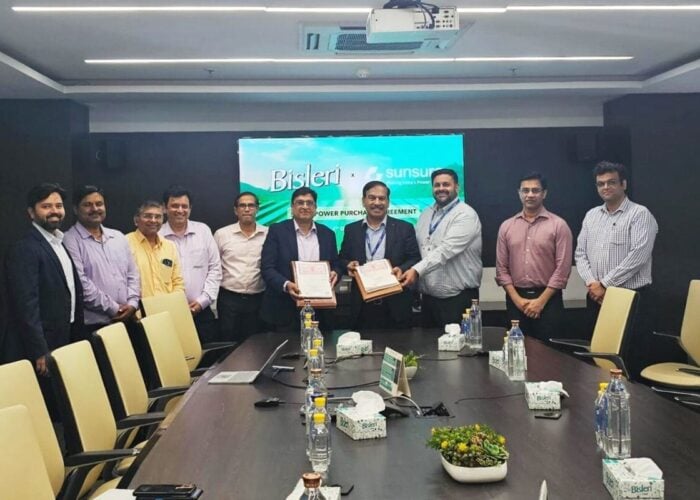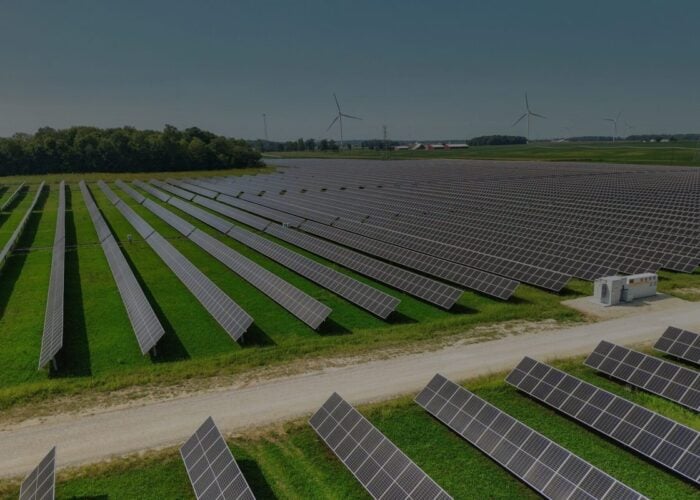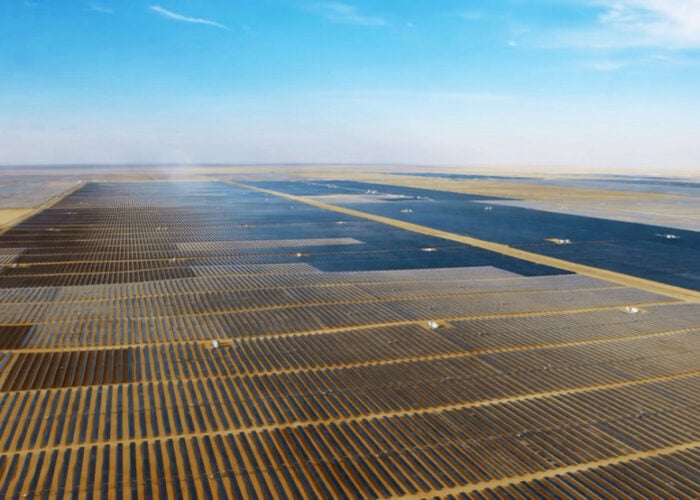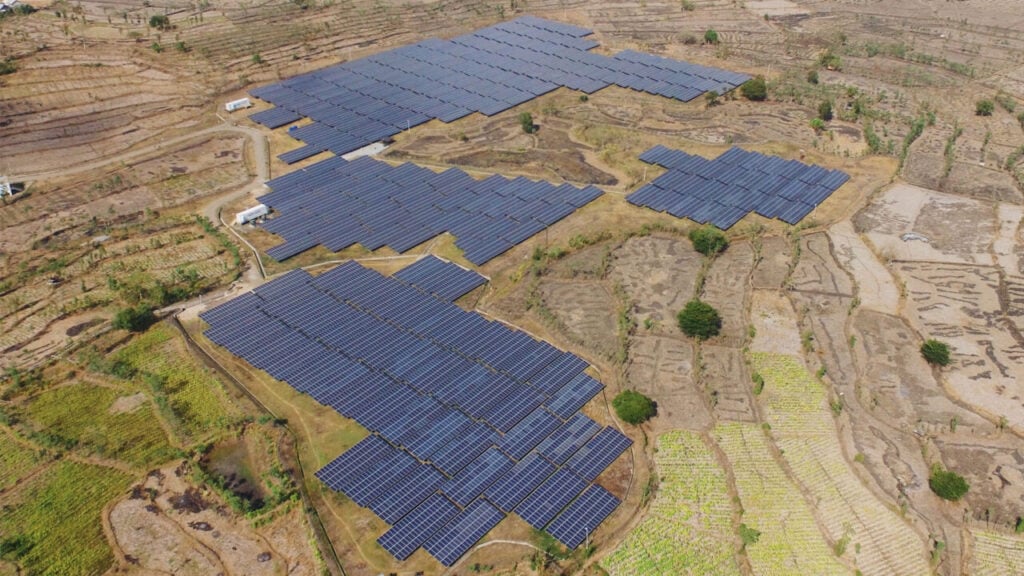
The World Bank has approved a loan of around US$600 million to support the development of 540MW of new solar and wind capacity in Indonesia.
The programme is dubbed ‘Sustainable Least-Cost Electrification-2’, and its investments consist of a US$600 million loan from the World Bank’s International Bank for Reconstruction and Development (IBRD), US$16 million in grants from members of the Sustainable Renewables Risk Mitigation Initiative and US$12 million in grants from the IBRD’s Livable Planet Fund.
Try Premium for just $1
- Full premium access for the first month at only $1
- Converts to an annual rate after 30 days unless cancelled
- Cancel anytime during the trial period
Premium Benefits
- Expert industry analysis and interviews
- Digital access to PV Tech Power journal
- Exclusive event discounts
Or get the full Premium subscription right away
Or continue reading this article for free
The funds will be delivered through what the World Bank calls its “set-up loan product”, where interest rates are lowered for the first nine years of the project, to encourage further private investment over the course of the loan.
“With over 3.5 million people gaining access to electricity, the operation is projected to catalyse improved livelihoods and creation of more and better jobs—including through electrification of female-headed enterprises,” said Carolyn Turk, the World Bank’s division director for Indonesia and Timor-Leste.
The loans are part of a financing package valued at over US$2 billion, with the remainder of funds going towards policy reform to “strengthen Indonesia’s financial sector”, according to the World Bank.
The news follows the Indonesian government’s plan to build 42.6GW of new renewable energy capacity over the next decade, which was ratified in May. This would be a significant change for the country’s energy mix as, according to the International Energy Agency (IEA), coal-fired power plants were responsible for generating 69% of the Indonesian electricity supply as of 2023, with think tank the Institute for Essential Services Reform (IESR) calling the country’s solar potential “unrealised”.
The Indonesian solar sector has seen a number of recent developments in manufacturing, rather than deployment. This year, both SEG Solar and Haitai Solar have advanced manufacturing facilities in Indonesia, which was one of few Southeast Asian countries to escape the imposition of US International Trade Commission (ITC) tariffs following violations of antidumping laws.
Along with a number of other Southeast Asian countries, however, Indonesia was hit with so-called “reciprocal” tariffs from president Donald Trump earlier this year; while the 32% tariff rate imposed on Indonesia is lower than the 49% imposed on Cambodia, which was implicated in the antidumping ruling, it is higher than the 20% imposed on EU countries.

